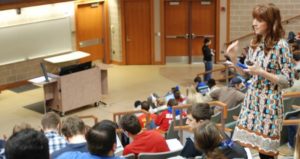
Personal Goals: An Exercise in Student Self-Assessment
This summer I am reading Linda Nilson’s book Creating Self-Regulated Learners: Strategies to Strengthen Students’ Self-Awareness and Learning Skills, which offers instructors a wealth of assignments and activities to help students grow their self-regulation and metacognitive abilities. Teaching students how to learn well on their own and to evaluate that learning is a goal I have been pursuing for the past few years, and I am convinced that occasional, brief self-assessment exercises can help college students perform better as well as understand the learning process.









